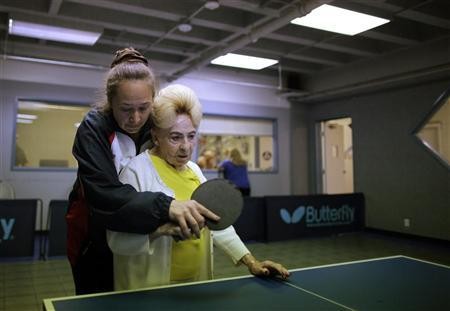Almost two-thirds of American patients with Alzheimer's disease are women, and scientists are now revisiting the long-held belief that this is due to them having a longer life expectancy than men. Medical researchers are planning gap studies to examine other possible factors, such as genetic makeup, biological differences, and lifestyle factors, which could result in new treatments and preventative care.
Maria Carrillo, an Alzheimer's Association (AA) chief science officer, said that there are many biological factors that raise questions related to a higher risk of the disease in women. Those big questions should be studied.
Last month AA set up a meeting with 15 leading scientists. The main goal was to learn what is already known about women's Alzheimer's risk.
AA plans to start funding gap studies this summer to research the unanswered questions, according to The Chicago Tribune. Carrillo believes such studies are long overdue.
A recent AA report estimated that at 65 years old women have a 1 in 6 chance of receiving an Alzheimer's diagnosis before they pass away. The odds are 1 in 11 for men.
On average women live 4 or 5 years longer than men. The big challenge of the researchers will be to determine how much such factors are linked to higher rates of Alzheimer's disease in women.
Women's longer lifespans could influence rates of the disease. That is due to the ailment often showing up in the form of mental decline, two decades before the diagnosis, according to Economic Times.
However, genetic factors seem to show the most shocking differences in facts and figures for male and female Alzheimer's patients. In particular, the human gene ApoE-4 boosts the disease's risk.
Stanford University examined medical records of over 8,000 people who had a particular ApoE-4 gene structure, and discovered that women with the variant were around 200 percent more likely to develop the dementia disease. Men's risk was just a little higher.
Carrillo observed that 40 years ago researchers mainly studied heart disease in men, and had little understanding of the risks in women. She questions if the same mistake is being made with Alzheimer's disease.




























